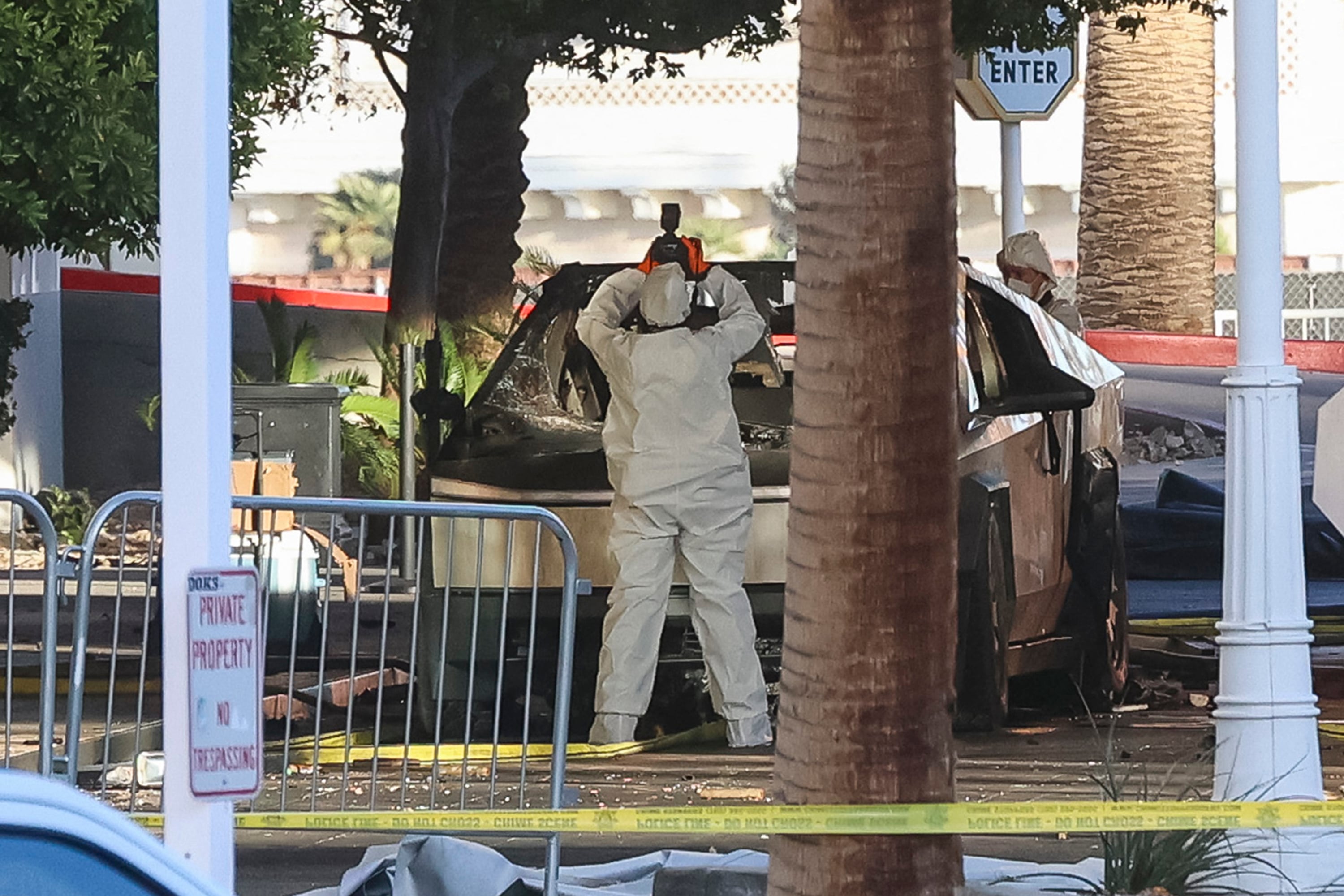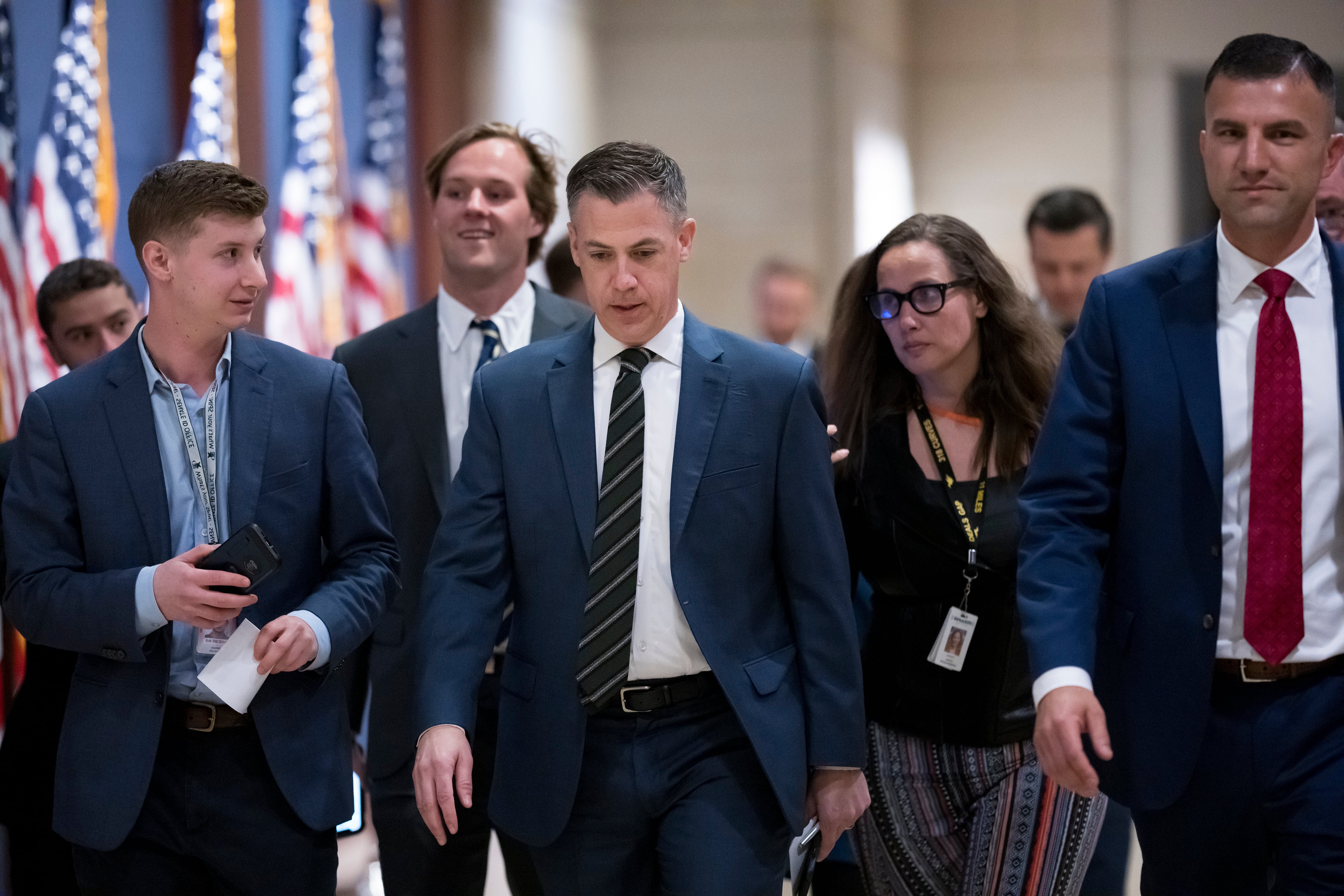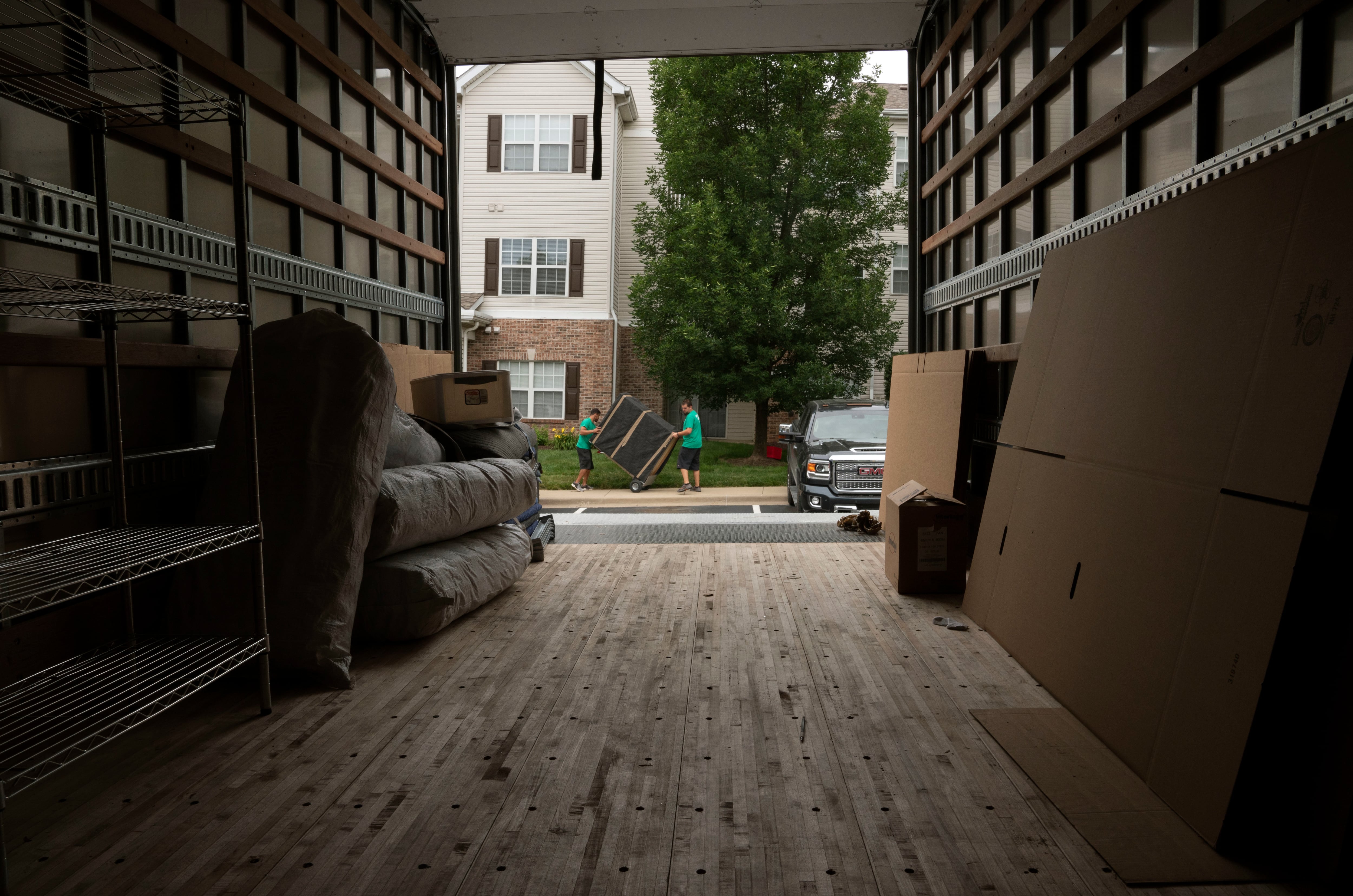Three years after laws were passed to provide more protections for military families living in privatized housing, military officials have fallen short in implementing the changes needed, according to government auditors.
The shortcomings have led to confusion, frustration and concern among military families.
The guidance from above has been especially problematic for two key initiatives required by law: the formal dispute resolution process and the roles and responsibilities of tenant advocates, according to an April 6 Government Accountability Office report.
While military officials have taken concrete steps to implement laws designed to address mold, water incursion, vermin and other substandard living conditions, they could do more, GAO auditors stated. By addressing those weaknesses, DoD could help personnel more effectively perform their duties and reduce residents’ frustration, they said.
“The bottom line is that there’s this feeling among residents that no one is watching out for them. That’s the crux of the entire problem,” said Kate Needham-Cano, executive director of Armed Forces Housing Advocates, a nonprofit organization that advocates for families living in military housing and helps them resolve issues. The GAO findings didn’t surprise her, she said.
The rush to implement protections for tenants is partly responsible for the problems, auditors stated. Military officials attempted to put the tenant bill of rights into place quickly, before policies were finalized and before reaching full agreement with the private housing companies to implement these rights.
Fourteen private housing companies are responsible for 78 privatized housing projects, encompassing 192 installations. These private companies own and operate 99% of military family housing at domestic military installations, with 34 Army projects, 31 Air Force projects; and 13 Navy and Marine Corps projects. DoD owns, operates and maintains family housing overseas.
The privatization of military housing began in the mid-1990s to address the inadequate, dilapidated family housing, which had suffered from lack of funding and maintenance backlogs for years. The military services entered into agreements with private companies to replace, renovate, build new homes, and maintain the homes. But nearly 20 years into the privatization effort, military families in some housing areas had reached a boiling point over ongoing problems that were compounded by their inability to get their problems fixed by their landlord or to get help from military installation officials.
So, laws were put into place to fix the persistent problems with the condition of the homes, to improve oversight by the military, and to institute a tenant bill of rights.
For their report on how that effort of going, GAO auditors analyzed DoD policies and guidance, interviewed military housing officials and private company representatives at five installations, and met with some residents.
More oversight needed
Auditors found the housing program needs to provide better oversight of the condition of the housing units. The law requires inspections of privatized homes before new occupants arrive, and the services are conducting them. But DoD doesn’t have clear or consistent inspection standards, and the services haven’t provided enough training for inspectors. This contributes to inconsistencies in how the inspectors rate homes. Military housing officials and private housing company officials told GAO that enhanced training requirements would improve the overall condition of homes over time.
Defense officials should establish DoD-wide turnover inspection guidance that includes clear and consistent inspection standards, auditors stated. In her response, Patricia Coury, deputy assistant secretary of defense for housing, agreed with that recommendation.
In a related event, Sen. Jon Ossoff, D-Georgia, accompanied inspectors Wednesday to observe their work in privatized housing at Fort Gordon, Georgia.
Following an eight-month investigation by the Senate Homeland Security and Governmental Affairs permanent subcommittee on investigations, Ossoff last year received a commitment from the Army to inspect all privatized housing at the post
He announced Wednesday that a Senate hearing will be held April 18 to hear from military families and Army officials about the progress made in the past year to improve conditions.
RELATED

Confusion about advocates
Needham-Cano said her organization have been challenging the effectiveness of tenant advocacy programs.
“We’ve been told we’re incorrect when we say residents are confused. Now, GAO is backing up everything we’ve been talking about — that it is a systemic problem within the housing community,” she said.
While the military services have designated personnel as tenant advocates, they haven’t clearly defined their roles and responsibilities or communicated useful information to tenants about how the advocates can help them, the GAO auditors found.
There are also different philosophies among the services. The Army, Navy and Marine Corps use existing military housing office staff to meet the requirement for tenant advocates, and didn’t establish new positions. The Air Force created a new resident advocate position separate from existing military housing office personnel. But even then, there is confusion about their roles and responsibilities, auditors stated.
Needham-Cano gave an example of the impact of this uncertainty.
“I’ve witnessed a family while on speaker phone be treated very poorly by the director of maintenance, and the resident advocate did not step in to stop that conversation and stick up for that resident,” she said.
It’s not that they are bad actors, she said, but they are not necessarily embracing the full scope of their responsibilities. She also knows of advocates who are fulfilling those roles well.
Her organization recommends a third-party, independent entity providing oversight, “so that the residents feel safe and that they can trust the person or group that’s helping them, and so DoD and the housing company have complete separation as well,” she said.
Needham-Cano noted that she is seeing more informal advocacy groups popping up in military housing neighborhoods to help neighbors deal with problems that they themselves have dealt with previously.
“There are other nonprofits being founded to help residents do the same exact thing that we’re doing,” she said. “If all of us were making this up, none of us would exist.”
In fact, GAO auditors found that at some installations residents are serving as self-appointed advocates, voluntarily helping residents with issues. But DoD and Army officials told auditors that other families are seeking these volunteers’ assistance, “not realizing that these self-appointed advocates may not have a full understanding of housing policies and practices, or access to the appropriate military housing official or private housing company personnel.”
One Air Force resident told auditors “she was confused about which advocate to speak to about a maintenance issue in her home because there are two or three individuals in her neighborhood who identify themselves as tenant advocates,” according to the report.
Some residents in Army and Navy privatized housing said neighborhood representatives had contacted them asking whether they had any issues with their homes. The residents were confused about whether these people were official tenant advocates who could actually help them with maintenance issues.
GAO recommended that defense officials develop a way to collect feedback from residents on the formal dispute resolution process and the tenant advocate position, and to incorporate that resident feedback in housing program initiatives. In the DoD response, Patricia Coury said she will work with the military departments to develop that mechanism.
Dispute resolution issues
In addition to the advocacy issues, Needham-Cano said her organization has for months been raising concerns about the dispute resolution process between military tenants and landlords.
Auditors reported that military housing officials haven’t received adequate guidance or training to help residents with this process, and the guidance given to residents lacks essential details, such as how and when they can file a formal dispute.
The auditors’ 19 recommendations for DoD and the services include improving and clarifying guidance for residents on how and when they can enter into the formal dispute resolution process; developing supplemental training for conducting these processes; and updating policies and tenant brochures to clearly define the role of the resident advocates.
While DoD agreed with 15 of the recommendations, there was only partial agreement on Air Force-needed actions. DoD responded, for example, that the Air Force has “robust existing training and formal guidance on the roles and responsibilities of the tenant advocates.” But the GAO auditors noted they found some disagreement among Air Force tenants, resident advocates and housing officials about just what the advocates’ roles and responsibilities are.
As of December, 18 of the tenant bill of rights provisions had been implemented at all but three installations that have privatized housing. Those three, all Air Force installations, are: Joint Base Elmendorf-Richardson, Alaska; Wright-Patterson Air Force Base, Ohio; and Joint Base McGuire-Dix-Lakehurst, New Jersey. The housing companies haven’t fully agreed to residents’ rights to the seven-year maintenance history of their housing unit or the formal dispute resolution process, to include rent segregation during that process.
The law required the secretary of defense to submit a report to Congress by June 20, 2020, that evaluated the shortage of civilian personnel performing oversight functions at DoD’s military housing offices. That hadn’t been submitted as of January 2023. The services are now in the process of analyzing their manpower requirements in privatized housing, according to the DoD response.
Karen has covered military families, quality of life and consumer issues for Military Times for more than 30 years, and is co-author of a chapter on media coverage of military families in the book "A Battle Plan for Supporting Military Families." She previously worked for newspapers in Guam, Norfolk, Jacksonville, Fla., and Athens, Ga.










